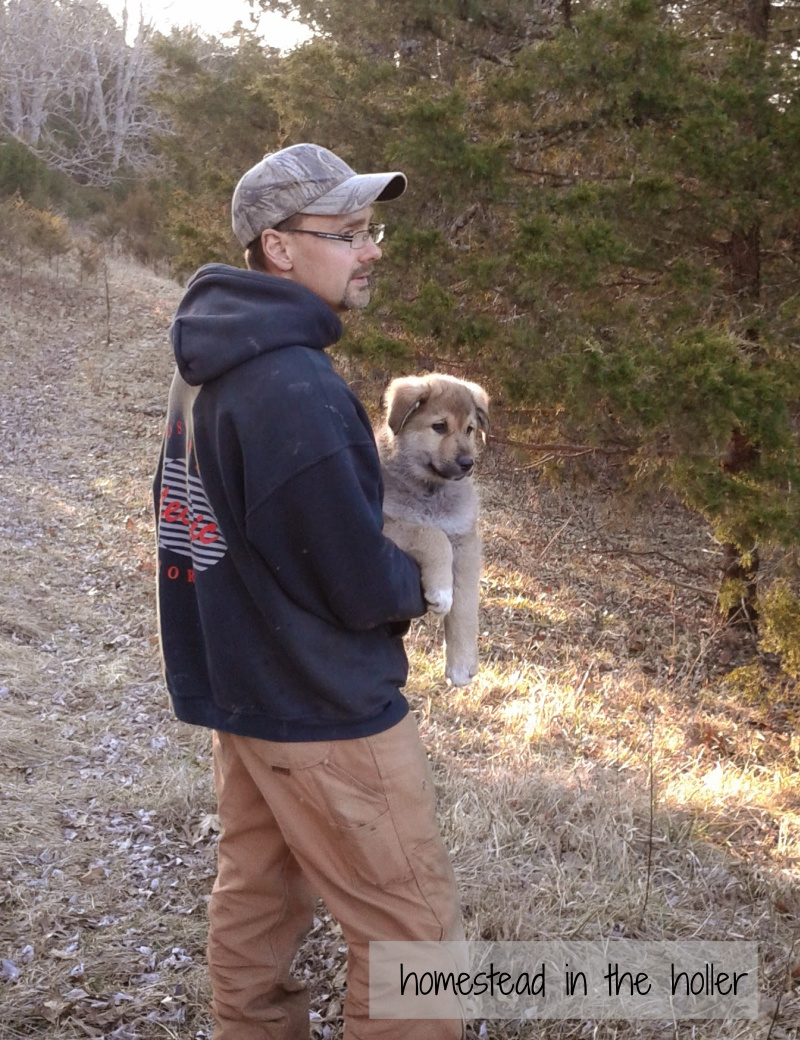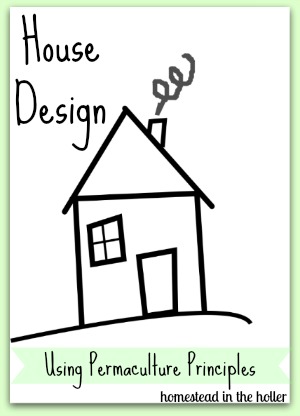Homestead in the Holler is a participant in the Amazon Services LLC Associates Program, an affiliate advertising program designed to provide a means for sites to earn advertising fees by advertising and linking to amazon.com.
We have spent about 2 years on our farm now and are at the point where we are ready to build a house. It took about that long to get a feel for the best siting and to get various other prerequisite projects completed, such as a barn to store the straw bales. This has given us some time to think about what we really want. Here are some of the things we considered in our design.
Insulation
The first consideration was insulation. We both want a highly insulated house that is easy to heat and cool. That coupled with a love of the funky look led us to straw bale construction. Really, that is a bit of a misnomer. We wouldn’t refer to a house as pink fiberglass construction and likewise it isn’t really appropriate to label straw in that way either.
We are building a post and beam framed house that will be insulated with straw bales which are covered by plaster. We’ll use lime plaster (NHL) for the exterior and clay plaster on the interior. The walls will be about 21″ thick once they are plastered. No, the straw will not be visible (any more than the pink insulation is visible in a typical house). Just to head off questions, it isn’t quite like the 3 little pigs. Fire is not a problem (more fire resistant than a typical house). Insects are also really not a problem, rodents are no more of a problem than any house, and the straw does not break down when sealed inside the wall. Straw as insulation actually has a fairly long, successful history, but isn’t for everyone either.
Heating
We had the pleasure of living in a house in Colorado that was equipped with solar hot water. That really got us spoiled after experiencing near free heating, near endless hot water, etc. So, solar hot water is an absolute must for us. However, we need backup for cloudy days, so will have a propane boiler as well. Given how much wood is available here, we will add a wood-fired outdoor boiler at some point. Our heat will be all radiant hot water (in-floor heat) as we loved that in our last house. That fits nicely with the solar and wood boiler systems.
Water
We definitely want to make use of our grey water to keep the landscape hydrated. It is a big waste to treat all the sink and shower water as black water when it could be put to some practical use instead. We situated our house above our food forest (orchard) for this reason. The plumbing is designed to separate the grey water and black water (toilets). There will be a valve to direct the grey water to the septic system just in case, but we hope never to use it.
On the incoming side, we intend to use collected rainwater for much of our water. We will have well water (the well already exists), but it will be used mainly for drinking water. Sinks, toilets, and showers will be fed from the cistern. We built the barn at a higher elevation than the house to provide gravity flow water from the cistern, but will likely end up using a small pump to pressurize the water in the house. Using the collected rainwater for showers and toilets should give the added benefit of not dealing with the hard water scale that builds so quickly here.
Porches
What better place to be than sitting in the shade of a porch, gazing at the beautiful landscape that graces the Ozarks? A lot of porch sitting happens around here and it is understandable given the weather. Spring and Fall are perfect for sitting outside. Summer can be hot and humid in the middle of the day, but tolerable in the shade with a fan. Typically morning and evening in the summer are great times to be outdoors on the porch. We are designing the house with a porch on 3 sides and really hope to structure things so we have some time to enjoy the porches.
Greenhouse
We both love to be surrounded by plants and love some of the designs that incorporate a greenhouse, such as Earthships. Therefore, a greenhouse is a must for us. We will have a greenhouse spanning the entire south side of the house. The overhang/window placement on the south side is such that the sun will shine in during the winter months, but for fewer hours in the summer. This will provide solar gain for the house in the winter and most importantly, allow us to raise some more tropical plants such as pineapple, citrus, and ginger.
Passive Solar
The house is designed to benefit from passive solar. As mentioned previously, the south side is a greenhouse. That can either be closed to keep the heat out in the summer, or opened to help heat the house in the winter. Living areas are on the south side of the house and bedrooms that we will keep cooler are on the north. Windows on the north will be minimized to prevent winter heat loss. Windows on the west will be minimized to prevent excess solar gain from the hot afternoon sun.
Outdoor Cooking
We have hot, humid summers, so cooking and canning inside really doesn’t make a lot of sense. To keep the heat outside, we will do most of our summer cooking outside. We started canning outdoors a few years ago and will never go back. This summer, we have done most of our cooking outdoors too and love that as well. We will have a simple but fully functional kitchen outside, for both cooking and canning. It will take time to get it all built, but eventually we would like to incorporate a wood-fired oven, smoker, rocket stove, solar dehydrator and more.
Size
House size is a funny thing as it is highly subjective. I have friends who think 500 sq ft is huge and other friends who think 3000 sq ft is rather small. We don’t particularly like cleaning and don’t like paying for heat or taxes, so tried to stay on the smaller end. It is tough to decide what is enough and what is too much. We hope we have chosen enough to be adequate but not excessive.
Our emphasis was on storage, kitchen, and bedrooms. Things just seem to go so much better when the kids have their own rooms. Storage is always good, and especially pantry space for us. The kitchen has to be adequate because we love to cook and love to spend time gathered in that area. I’m sure some will think we built far too small and some will think we built far too large. Time will tell.
I’m sure that doesn’t cover everything, but gives an idea about some of what we had in mind and why we made the choices we did. Follow along and I’ll try to document the process. I’m going to be the general contractor and will be doing a lot of the work myself as well. Maybe some of our journey can help you with yours.

Computer engineer turned full time farmer, grazier, builder, permaculturist and volunteer fire fighter. We left corporate America to live a simple, self-sufficient life in the Ozarks. Read more




7 responses to “The House Design”